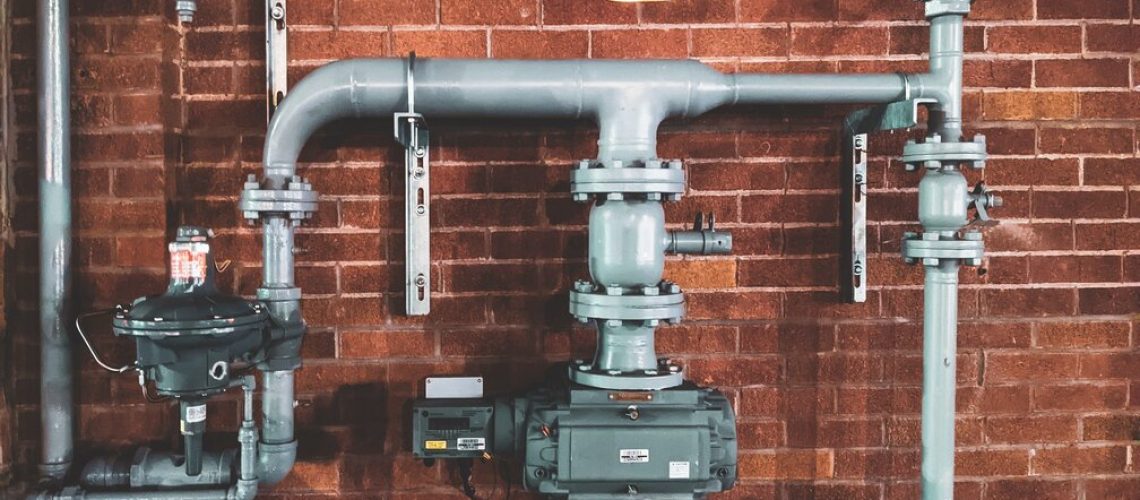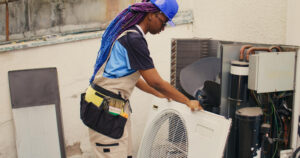Menu

The Beginner’s Guide to the Diagnostic Plumbing Test
If there is something wrong with your plumbing, you need to call for an emergency plumbing service. A diagnostic plumbing test will determine the current condition of your plumbing system, especially if you are experiencing plumbing issues. It is also ideal if you renovate your house, plan to sell it, or move into a new one.
The process involves the use of special tools and methodologies to detect the complications in your plumbing. But before that, the licensed plumber will conduct an interview and visitation first. They can identify the problem right then and there and detect issues that might occur in the future.
The Process before the Test
Before starting the diagnostic, the licensed plumber will ask questions regarding the plumbing problems you are experiencing in your home or commercial space. This will give them an idea of what is going on. Next, they will conduct a physical inspection to see the issues they will encounter.
They will also conduct a water test in other areas of the building if they encounter a blockage problem during the inspection. If they discover more malfunctioning fixtures, it is clear that the main problem lies in the drain line. They will suggest drain cleaning or pipe repair to fix this.
The Different Diagnostic Plumbing Techniques
1. The Hydrostatic Pressure Test
This test is effective in identifying whether the plumbing system of a home or a building has leaks. The licensed plumber will use an inflatable ball to insert into the sewage system. They will use it to clean it out and inflate the ball to plug it into the mainline.
Next, the mainline will be filled with water up to the slab height. If there is a sign the water levels are decreasing, then it is guaranteed there are no more leaks in your plumbing system.
2. The Infrared Pipe Cameras
A licensed plumber can perform diagnostic tests without inflicting residual damage to your plumbing system by using high-tech pipe cameras. They insert the cameras in your home or building’s drain lines to get an overall view of the sanitary system.
It gets put through various access points such as roof vents, toilet drains, cleanouts, and more. They then observe the current condition of the pipes and the drainage system. This tool is helpful since it can identify the location of the obstructions, blockages, and breakages in the pipes. It can also help determine if the piping has deteriorated.
3. The Leak Isolation Diagnostic Testing
This combination of the two previous diagnostic tests helps isolate various areas of your home or building’s sanitary sewage system. It can accurately spot locations where obstructions and leaks reside.
Besides inserting the inflatable ball inside various access points such as roof vents, cleanouts, and toilet drains, the licensed plumber will also insert the infrared pipe camera and then inflate the ball afterward to block the water flow and check whether there are leaks in the plumbing system.
4. The Listening Devices
A licensed plumber can also use cutting-edge listening devices to exactly locate the water pressure leaks deep within your plumbing system. They insert a tracer system after discovering the general problem area.
It will then shoot short electric pulses within the plumbing system. And it goes through the water to accurately detect where the leakage occurs.
Conclusion
In summary, the main objective of a diagnostic plumbing test is to pinpoint the exact problems in your plumbing system and its components. This test helps identify future issues in your home or building’s plumbing system.
If you need plumbing services in Maple Ridge, Bromac has your back. Our team of expert plumbers can assist you with diagnostic plumbing tests. Contact us today to set an appointment.


